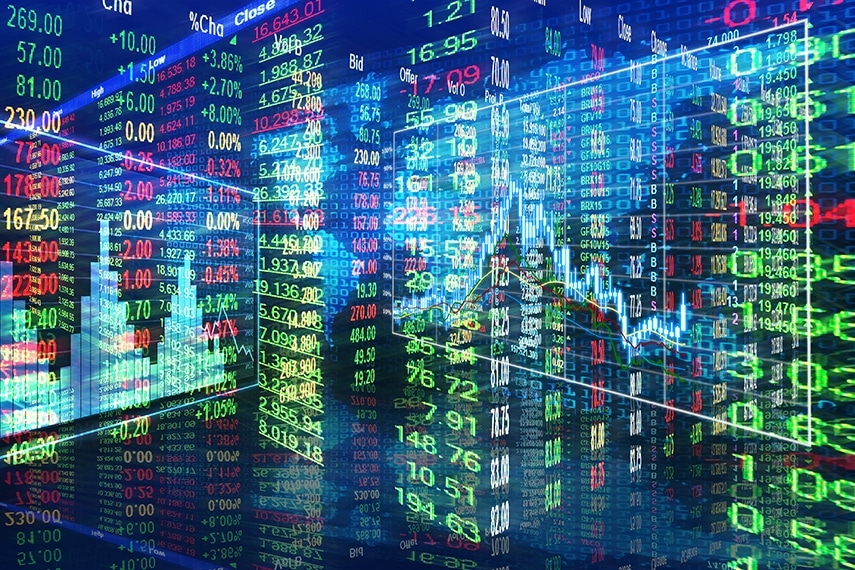3 Easy Steps to Roll Over Your TSP Into an IRA
Over 70 million Americans today have 401(k) accounts, making them one of the most popular types of retirement accounts Federal employees don’t have 401(k) accounts, but instead have the Thrift...
Precious Metals

On Tuesday the news was flooded with stories about how Microsoft is about to purchase the business networking platform LinkedIn for just over a cool $26.2 billion. That’s great news for the lucky folks who happened to be holding LinkedIn shares in their portfolio. If, for example, you were sitting on a hundred thousand dollars’ worth of LinkedIn stock, this deal means you woke up the following morning with an extra forty-seven thousand dollars in your account.
The not-so-great news is that every fortune hunter with a laptop will now be on the prowl for the next big tech stock under a rock. After all, that’s why owners of the big Vegas casinos place slots that deliver a million bucks up front for all to see. Because while such an event only happens once every five years or so, it sure brings in the tourists.
Worryingly, the experts have a different take on the current state of the market. Thomas H. Kee, Jr., President and CEO of Stock Traders Daily, has a markedly more jaundiced outlook in his June 9 article for MarketWatch, writing,
“From this corner’s view, this market is on the verge of falling hard, but people are not seeing it. With the market …so close to all-time highs, most are fixated on it making new highs, rather than paying attention to valuation or macroeconomic conditions, both of which present serious risks.
Markets can move up in the face of risks, in fact they often do. But the way in which they move up is also often an important tell. And right now, I see the action as negative.”
In other words, Kee’s not simply observing what is happening in the stock market, but how it’s happening. It’s not the smaller, individual investors – let’s face it, the amateurs – who drive the market; it’s the professionals, or institutional investors.
A crucial way to tell who’s buying what, and when, is to observe the trading volume. Kee makes the point that, during a stock price rally, small investors habitually invest closer to the opening bell, whereas the pros, or institutional investors, wait to invest until the end of the trading day.
As a result, the big guys let the small investor drive up the price. And later they sell into the rally. In other words, they get their higher price for stocks and then move on out.
Institutional investors are all too aware of the anemic volumes now associated with frequently traded stocks. If all, or even many, of these investors pull out of the market precipitously, it means the little guy is riding for a fall. Or, as Kee acutely identifies the dilemma, “That means buy-and-hold investors should be taking action to protect themselves. Seeing this happen near all-time highs in the face of the macroeconomic and valuation risks makes it even more sensible to control risk.”
When the guy who knows the market, who makes his living in the trenches, assesses the risk as too high, that’s got to make you think.
Fortunately, “controlling risk” might be gold’s middle name. Historically proven as a safe haven asset that powers up as the market slumps and the dollar drops, it’s already been the best-performing investment so far in 2016. What does that tell you about the real state of the stock market?
Protecting your paper assets with gold against your paper assets’ looming downward slide will serve you well. It’ll also help you sleep better nights, especially when Google inevitably unveils its own game-changing competitor to LinkedIn sometime next week.
You know how Google gets…

